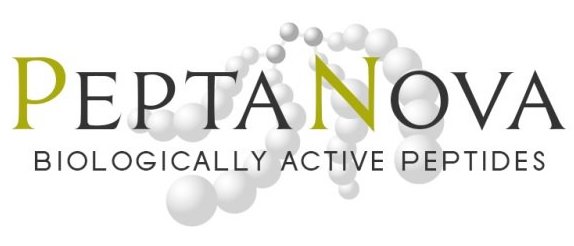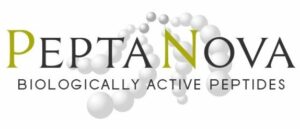ProTX-I
(Tarantula, Thrixopelma pruriens)
4409-s 0.1 mg | 150.00 EUR
Glu – Cys – Arg – Tyr – Trp – Leu – Gly – Gly – Cys – Ser – Ala – Gly – Gln – Thr – Cys – Cys – Lys – His – Leu – Val – Cys – Ser – Arg – Arg – His – Gly – Trp – Cys – Val – Trp – Asp – Gly – Thr – Phe – Ser
| (M.W. 3987.5) | C171H245N53O47S6 |
Synthetic Product (disulfide bonds between Cys2– Cys16, Cys9– Cys21 and Cys15– Cys28 )
The purity is guaranteed to be higher than 99% by HPLC
T-Type Ca2+ Channel / Na+ Channel / K+ Channel Blocker (Gating Modifier)
ProTx-I was isolated from the venom of the tarantula thrixopelma pruriens and the primary structure was determined to consist of 35 amino acid residues with three intrachain disulfide bonds [Biochemistry 41, 14734 (2002)]. This peptidic ion channel blocker shows sequence similarity to hanatoxin and belongs to a member of the "inhibitor cystine knot" peptide family.
Like other venomous toxins, ProTx-I exerts inhibitory activities for each ion channels:
- T-type Ca2+ channel [Cav3.1 (α1G), IC50 = 53 nM],
- Na + channel [Nav1.2, Nav1.5, Nav1.7 (IC50 = 51 nM), and Nav1.8 (IC50 = 27 nM)],
- K + channel [Kv2.1 (IC50 = 411 nM) and Kv1.3 (40% blocking at 730 nM)].
ProTx-I thus elicits multiple channel blocking activities with certain selectivity since K+ channel inhibitory activity is relatively weak. ProTx-I is one of the first high-affinity ligands to be identified that possess tetrodotoxin-resistant Na+ and T-type Ca2+ channel blocking activity. This peptide should prove useful for elucidating the gating mechanism of voltage-dependent ion channels.
References:
- R.E. Middleton, V.A. Warren, R.L. Kraus, J.C. Hwang, C.J. Liu, G. Dai, R.M. Brochu, M.G. Kohler, Y.-D. Gao, V.M. Garsky, M.J. Bogusky, J.T. Mehl, C.J. Cohen and M.M. Smith, Biochemistry, 41, 14734 (2002) (Original)

